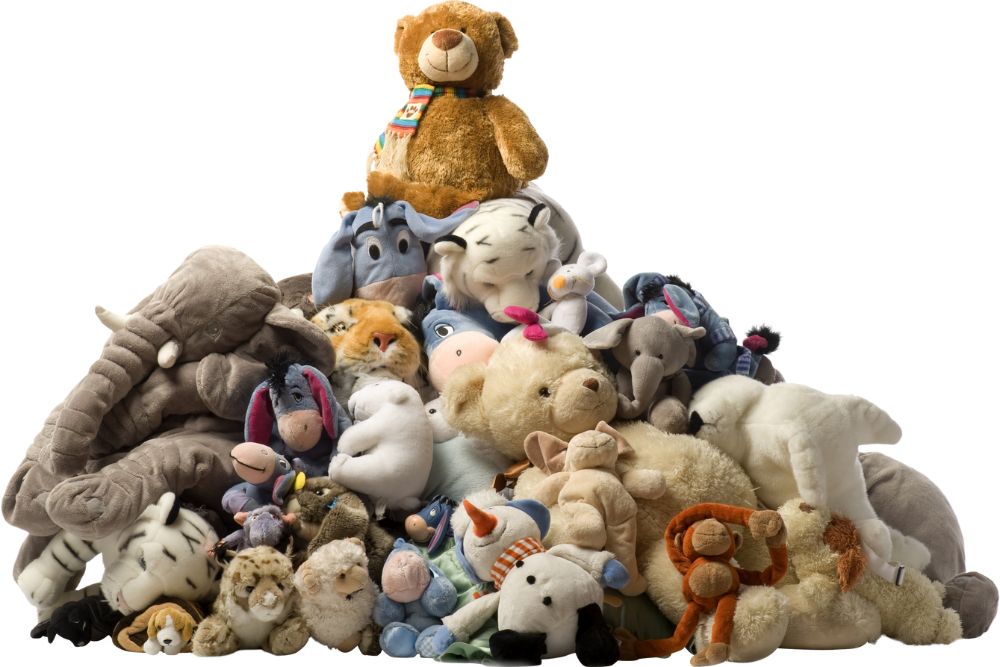Pros and Cons of Having Lots of Toys vs. Few Toys
Having toys has always been and probably always will be one of the most important contributors to childhood development: stimulating creativity, learning, and fun. But the debate among parents goes on regarding the type of collection their children ought to own: a huge one, or few but precious? Both sides offer their own sets of advantages and disadvantages.
In this article, we shall describe the pros and cons of both having many toys as well as just a few in order to help a parent decide which play environment is more appropriate for his or her child.
|
|
|
|
Lots of Toys:
- Encourages Creativity and Imagination
With a huge number of toys in hand, a child can play a vast range of activities from building blocks to role-playing games. Doing so opens up more play types for creative enactment and storytelling. - Supports Diverse Learning Styles
Different toys will allow children to learn various crucial skills. While some STEM toys would engage their problem-solving abilities, action figures and dolls would enhance their social skills. One contains more opportunities for a variety of learning experiences. - Directory of Play
Less likelihood of boredom exists with an abundance of toys. Children can switch in and out of activities and thus remain entertained and active for considerably longer periods of time. - Encourages Social Play
When children have many toys to share, it’s simpler to manage their group play with friends or siblings. Multiplayer games, puzzles, and building sets are a few great examples of toys that promote cooperative play and teamwork. - Allows for Personal Preference
Children develop unique interests and, thus, would need a huge variety of toys to expand and develop those interests. Some may like art and crafts, while some could prefer science kits or musical instruments. - Likely Better Developmental Development
Toys aimed at the development of fine motor, problem-solving, and cognitive skills have been known to contribute greatly to enhancing a child’s development. Having some variety allows children to work on multiple skill sets.
Contra of Having Lots of Toys:
- Overstimulated and Less Focused
Excessive playtime toys can squeeze the ability of any kid to concentrate on a single activity. Due to overstimulation, the attention span may shorten, making them engage in few activities using only a few toys. - Promotes Materialism
Excessive amounts of toys can cause kids to have mindsets of always wanting more. It would help balance their thoughts of volumetric amounts of toys vs. quality toys. - Causes Clutter and Storage Problems
The more the number of toys, the more the space they consume. This makes parent’s tasks of keeping play areas organized cumbersome and, in the long run, causes an inevitable mess and difficulty when searching for a precise toy. - Less Worth Given to Each Toy
Childs’ value of each toy may dwindle if they have too many toys. The celebration of receiving every new toy can come and go fairly quickly. - More Expensive for Parents
Buying a whole lot of toys is indeed more pricey. This presents quite a problem, especially about spending, when the kid uses one item a few times and, worse of all, quickly forgets about it. - More Fighting
Such would lead to conflicts with siblings, as children would never want to share some toys with each other considering excessive options.
Having Not-Too-Many Toys:
- Deeper Engagement
With lesser toys, children can learn to spend more time with a selected toy. They grow to be creative on how to use something and come up with new ideas, given the limited resources. - Teaches Gratitude and Appreciation
Having fewer toys teaches the kids to appreciate what is in hand. As a result, they are likely to take better care of their belongings and be grateful for them. - Less Clutter
Makes a play space easy for parents and kids to clean and helps keep toys organized. - Increase Creativity and Problem-Solving Skills
Fewer toys for playing make kids more creative. They end up making do with what they’ve got, using their imaginations to think of different ways to play outside-the-box-type of play. - Saves Money
As less money is spent on toys, parents are better able to put quality items or experiences such as family trips, activities of an educational nature, or savings for the future to good use. - Encourages Socializing and Outdoor Play
With so few toys indoors, kids may, in reality, connect with the outside world or other children. This leads to physical exercise and new experiences in real life.
Cons:
- Variety of Play is Limited
With too few toys, kids may not experience varied types of play. Some educational toys that can add or enhance a particular skill would undoubtedly be missed. - Getting Bored Easily
Due to little variety of toys, children may easily get bored quickly, and this can indeed boil to frustration, especially on days when social interaction or outdoor play is restricted. - Fewer Chances of Sharing
Fewer toys in case of multiple children playing together create conflicts on who gets to play with which. It becomes really difficult to share when there are many children playing together. - There are No Toys for Others
Interests change among kids as they grow. Very few toys may not be able to cater to all their his or her mood needs. - Requires Creativity from Parents
Parents always have to get involved and find more creative ways for the children to reduce their toys for play. In a way, they may need to give thought to coming up with other fresh new playtime activities or frequently switch out toys so things do not get dull. - May Become Restrictive for Some Kids
There are kids who naturally flourish with variety and stimulation; thus, too few toys may restrict them from pursuing other exploratory avenues on learning styles and hobbies.
In Conclusion:
Having both many or few toys has advantages or disadvantages. A larger toy box comes with variety, opportunity for learning, and entertainment; however, this can also come with clutter, materialism, and overstimulation. A limited selection promotes appreciation, creativity, and focus but may come in the way of diversity and social sharing.
It is all about finding the right balance that caters to the personality of a child, the developmental needs of the child, and the family’s lifestyle into creating a healthy play atmosphere.

